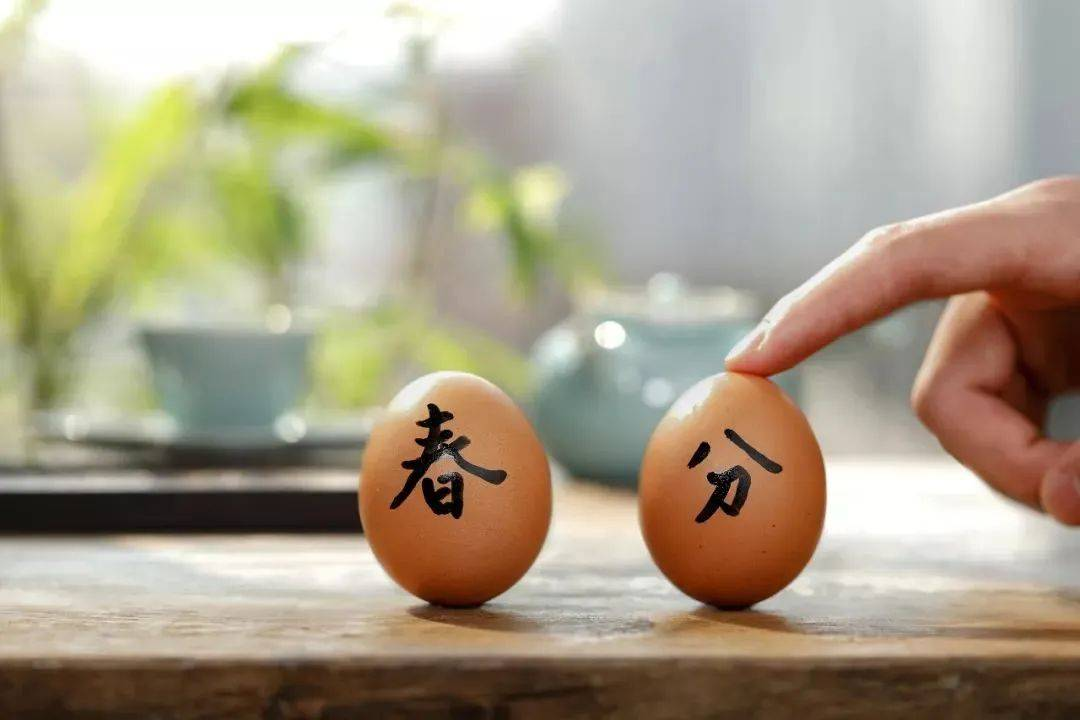
The traditional Chinese solar calendar divides a year into 24 solar terms. The Spring Equinox (Chinese: 春分), as the fourth term of the year starts on March 21 and ends on April 4 this year (2023). The Spring Equinox signals the equal length of the day and night time. On the day of the Spring Equinox, sun is directly above the equator. After the equinox, the sun moves northwards, resulting in gradually longer day time in the Northern Hemisphere and longer night in the Southern Hemisphere. Here are things you may not know about the Spring Equinox.
Swallows fly north
The ancient Chinese people divided the fifteen days of the Spring Equinox into five-day parts. As the old saying goes, swallows fly back to the North in the first hou; thunder cracks the sky in the second hou; lightning occurs frequently in the third hou, which vividly reveals the climate feature during the Spring Equinox.
Egg-standing games
Standing an egg upright is a popular game across the country during the Spring Equinox. It is an old custom that dates back to 4,000 years ago. People practice this tradition to celebrate the coming of spring. It is believed that if someone can make the egg stand, he will have good luck in the future.
Flying kites
Spring Equinox is a good time to fly kites. In ancient times, people did not have good medical resources. So to pray for health, they wrote their medical issues on paper kite. When the kite was in the air, people would cut off the string to let the paper kite float away, symbolizing the flying away of diseases. Later flying kites developed into a popular game of spring. On the Spring Equinox, people write a blessing on the kite, hoping that the gods in the sky would see it.
本时文内容由奇速英语国际教育研究院原创编写,未经书面授权,禁止复制和任何商业用途,版权所有,侵权必究!(作者投稿及时文阅读定制请联系微信:18980471698)1.Which of the following statements is TRUE about the Spring Equinox?
A There are another 18 solar terms following it.
B It starts on March 21 and ends on April 4 every year.
C Day time in the Northern Hemisphere becomes longer after it.
D The night in the Southern Hemisphere becomes shorter after it.
解析:选C。C 细节理解题。根据第一段第一二句可知,春分是24节气中的第四个节气,随之而来还有20个节气,A项不正确。今年(2023)的春分是从3月21日开始,到4月4日结束,并非每年都是,B项不正确。倒数第二句“After the equinox, the sun moves northwards, resulting in gradually longer day time in the Northern Hemisphere and longer night in the Southern Hemisphere. ”春分之后,太阳向北移动,北半球的白昼越来越长,南半球的夜晚越来越长。C 项正确,D项错误。故选C。
2.How many hous did ancient Chinese people divide the Spring Equinox into?
A Two.
B Three.
C Four.
D Five.
解析:选B。B细节理解题。根据第二段第一句的“The ancient Chinese people divided the fifteen days of the Spring Equinox into five-day parts.”及后文内容可知,春分(大约15天)分为三候(5天一部分):一候玄鸟至,二候雷乃发声,三候始电。故选B。
3.Why did ancient people fly paper kites?
A To ask for food.
B To have good luck.
C To wish for health.
D To beg wealth from gods.
解析:选C。C细节理解题。根据第四段第三句的“So to pray for health, they wrote their medical issues on paper kite.”和第四句的“symbolizing the flying away of diseases”可知,古人放风筝是为了祈求健康。故选C。
4.What is the purpose of the text?
A To persuade.
B To introduce.
C To appeal.
D To advertise.
解析:选B。B推理判断题。根据全文内容可知,本文主要向读者介绍春分这一节气的相关情况及传统习俗,因此本文目的是介绍。故选B。